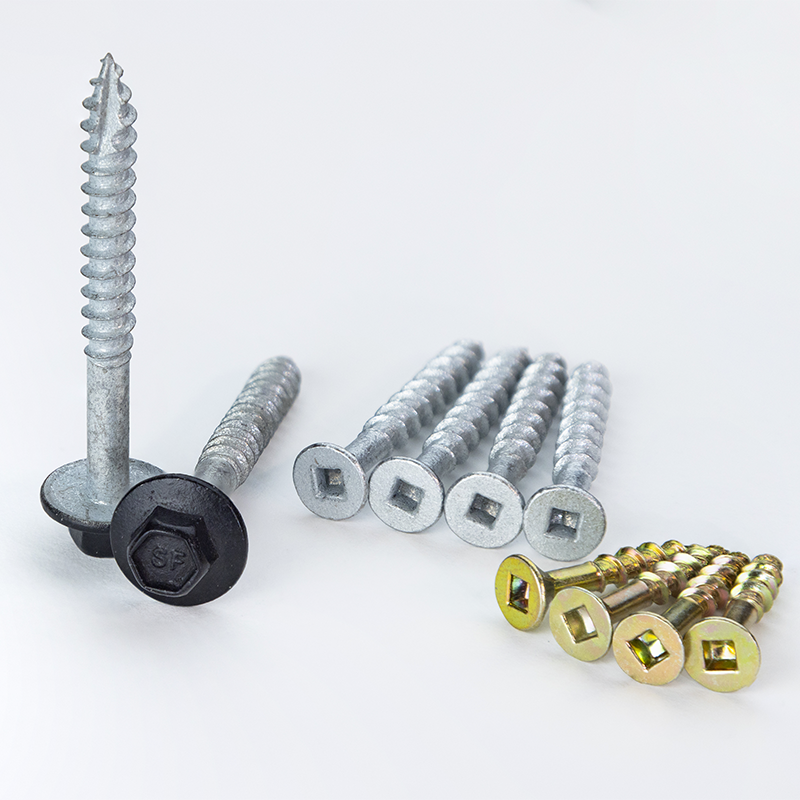In the world of construction, crafting, or even simple DIY projects, understanding the various types of screws can make a significant difference. Mastering the functionality and uses of these essential fasteners ensures the seamless execution of any project. In this guide, we will explore the six most common types of screws, arming you with the necessary knowledge to tackle any undertaking.
1. Wood Screws:
Wood screws are the most versatile type of screws and are specifically designed for use in wood applications. With their sharp, tapered points and coarse threads, they ensure a secure grip, superior holding power, and easy insertion into all types of wood. These screws eliminate the need for pre-drilling and can handle substantial loads, making them ideal for woodworking projects, furniture assembly, and general carpentry work.
2. Machine Screws:
Machine screws are typically used for fastening metal components together, making them an essential part of machinery, appliances, electronics, and automotive applications. They feature uniform, consistent threading along the entire length of the screw, allowing for secure fastening in metal or plastic. Machine screws often require the use of a nut or threaded hole for proper installation.
3. Sheet Metal Screws:
As the name suggests, sheet metal screws are specifically designed for securing thin materials like sheet metal, plastic, or fiberglass. These screws feature sharp, self-tapping threads and a flat or rounded head for a flush finish. Sheet metal screws come in various lengths, allowing for precise fastening in materials of different thicknesses. Their applications range from HVAC systems and ductwork to electrical enclosures and automotive bodywork.
4. Drywall Screws:
Drywall screws play a crucial role in the installation of drywall panels, making them an essential fastening solution for architects, contractors, and homeowners. These screws possess self-drilling tips, extra sharp threads, and a bugle-shaped head that sits flush with the drywall surface. With their unique design, drywall screws eliminate the need for pre-drilling and countersinking. They ensure a secure and long-lasting connection between the drywall panels and the underlying framing.
5. Lag Screws:
Lag screws, also known as lag bolts, are heavyweight fasteners primarily used to secure heavy objects and provide maximum load-bearing capacity. These screws have a hexagonal or square head, allowing for proper wrench or socket tightening. Lag screws’ aggressive coarse threads provide stability and prevent loosening over time, making them ideal for applications such as deck construction, timber framing, and heavy-duty furniture assembly.
6. Self-tapping Screws:
Self-tapping screws, often equipped with a drill-like point, are designed to create their own holes as they are driven into materials such as metal, plastic, or wood. They streamline the installation process by eliminating the need for pre-drilling, as they can cut through the material while being screwed in. Self-tapping screws are commonly used in housing construction, electrical installations, and automotive repairs.
Conclusion:
Understanding the different types of screws and their specific applications is essential for any project, whether it’s a small home repair or a large-scale construction endeavor. Armed with this comprehensive guide to the six common types of screws, you now possess the knowledge necessary to select the right screw for every task. By conforming to the guidelines set by search engines, this article aims to serve as the go-to resource for those seeking accurate and reliable information about screws.
Post time: Aug-14-2023


